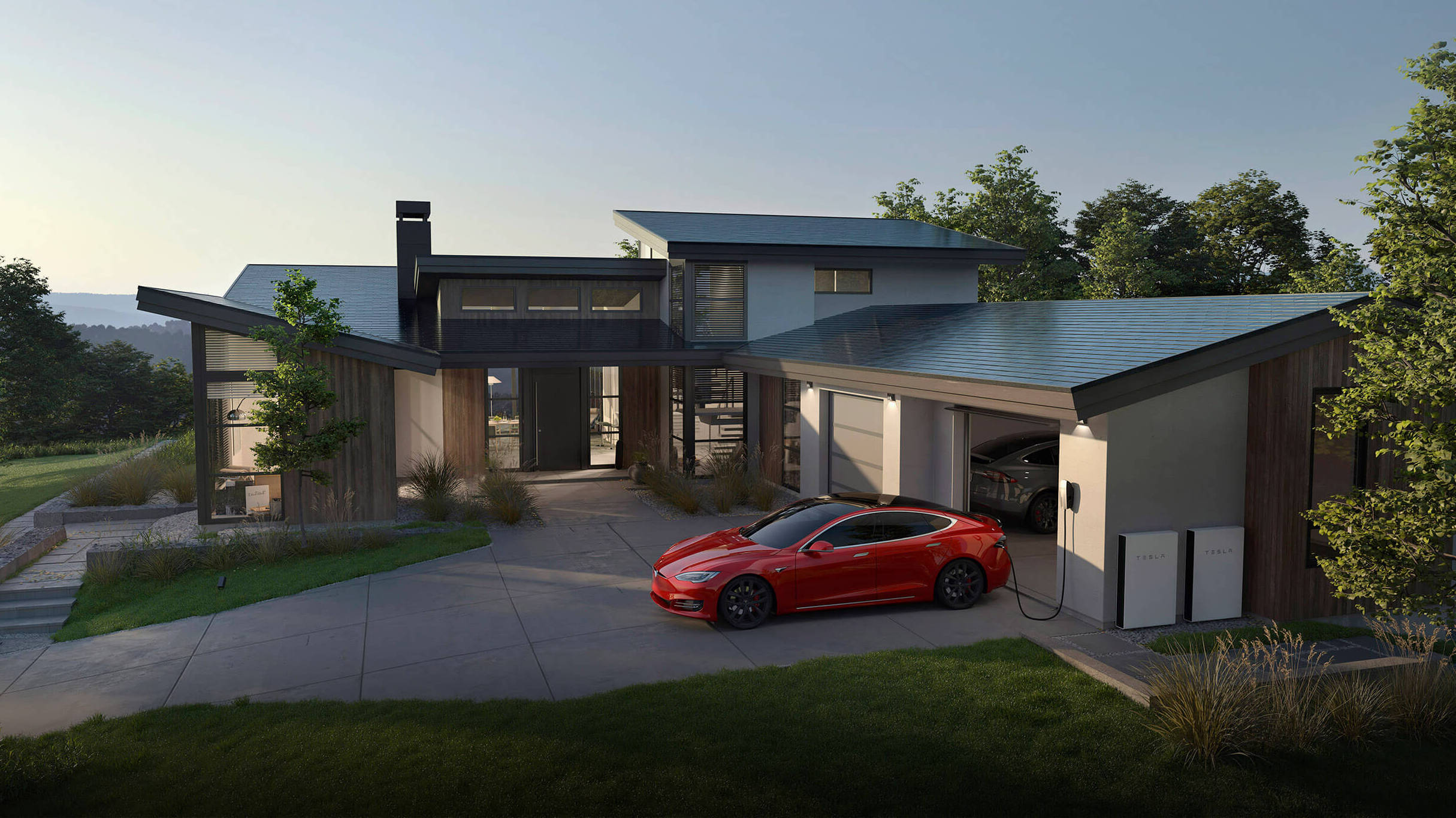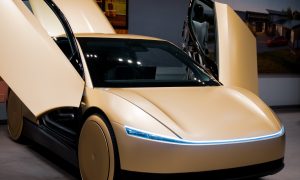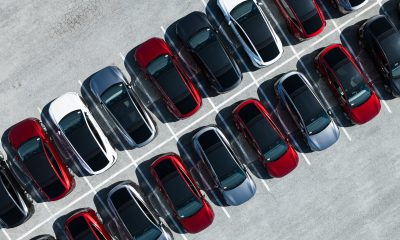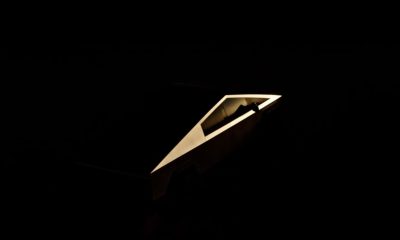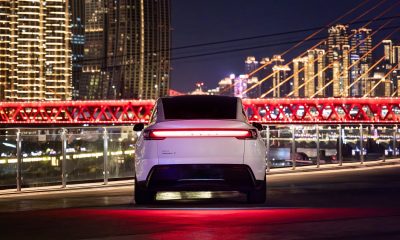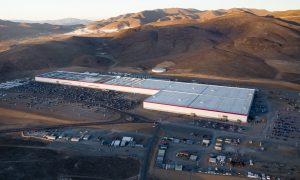Tesla has released new details that outline its policy for the Removal and Reinstallation of its solar panels on its website.
“Removal & Reinstallation (R&R) is the process of temporarily removing solar panels or the entire system from your home and reinstalling them after reroofing, remodeling, or relocation,” Tesla said on its website. Whether a Tesla Solar owner is having their roof reshingled, their entire home remodeled, or is relocating to a new home in another area, the company has specific processes for each of these scenarios.
There are three types of R&R: Roof Work (No Remodel), Home Remodel, and Relocation.
Tesla describes each:
Roof Work (No Remodel): This is the most common type of R&R, for which either part or all of your solar system must be removed before you can repair or reroof your home. With this R&R, your roof line remains the same, and we will reinstall your system where it was originally installed.
Home Remodel: For this type of R&R, we will remove your solar system before you remodel your home and reinstall it once you’re done. When remodeling your home, especially if there are additions or changes to your roof line, there are additional steps and time constraints to consider. Reinstallation may require permits and design changes to your system.
Relocation: For this type of R&R, you are moving and request that we remove your solar system from your current home to reinstall it at your new home.
To get the process going, the owner starts by initiating an R&R Request, Tesla says. Solar owners will submit this request and usually receive a response from Tesla within two days. Then, Tesla sends a Home Improvement Agreement that will then allow the owner to schedule an R&R date. Tesla will then remove the solar panels, and once the roof is replaced, the home is remodeled, or the owner moves into the new house, Tesla will reinstall the panels.
Tesla Solar Panels (Credit: Tesla)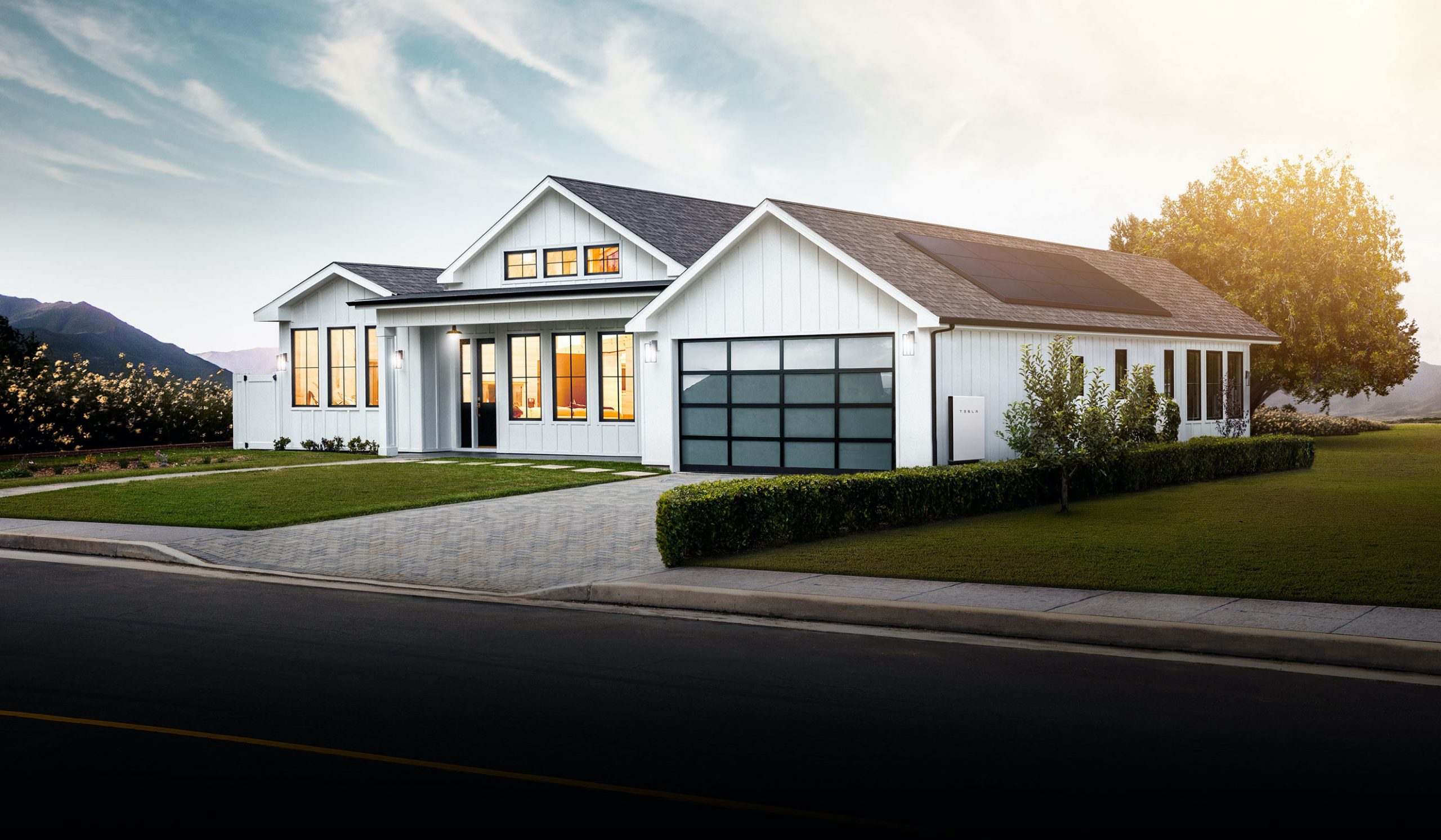
Tesla says there are three types of Home Improvement Agreements: Standard R&R, Custom R&R, and Additional Equipment.
Standard R&R: You have requested that we temporarily remove part or all of your solar energy system so that you can complete typical roof work. Your roof lines are not changing. Please see your energy contract for pricing. Contracts citing “competitive pricing” will be calculated considering the scope of work.
Custom R&R: You have requested that we temporarily remove part or all of your solar energy system so that you can complete work such as changing roof lines, remodeling your home, or moving and relocating the system to your new home. Our Transfer team will review the scope of work to determine if a layout revision is required before the HIA is sent to you to review and sign.
Additional Equipment: You have requested the installation of equipment that was not part of the original solar contract, including pest abatement, snow mitigation clips, rapid shutdown equipment, cellular gateway, and more. Note: This does not apply for requests to increase your system size or production output.
Tesla also outlines that there are specific roof types that vary depending on the state the solar owner lives in. “If you are considering changing your roof type, the new roof type must be eligible for solar panel installation. We currently install on the following roof types per state,” Tesla said.
Credit: Tesla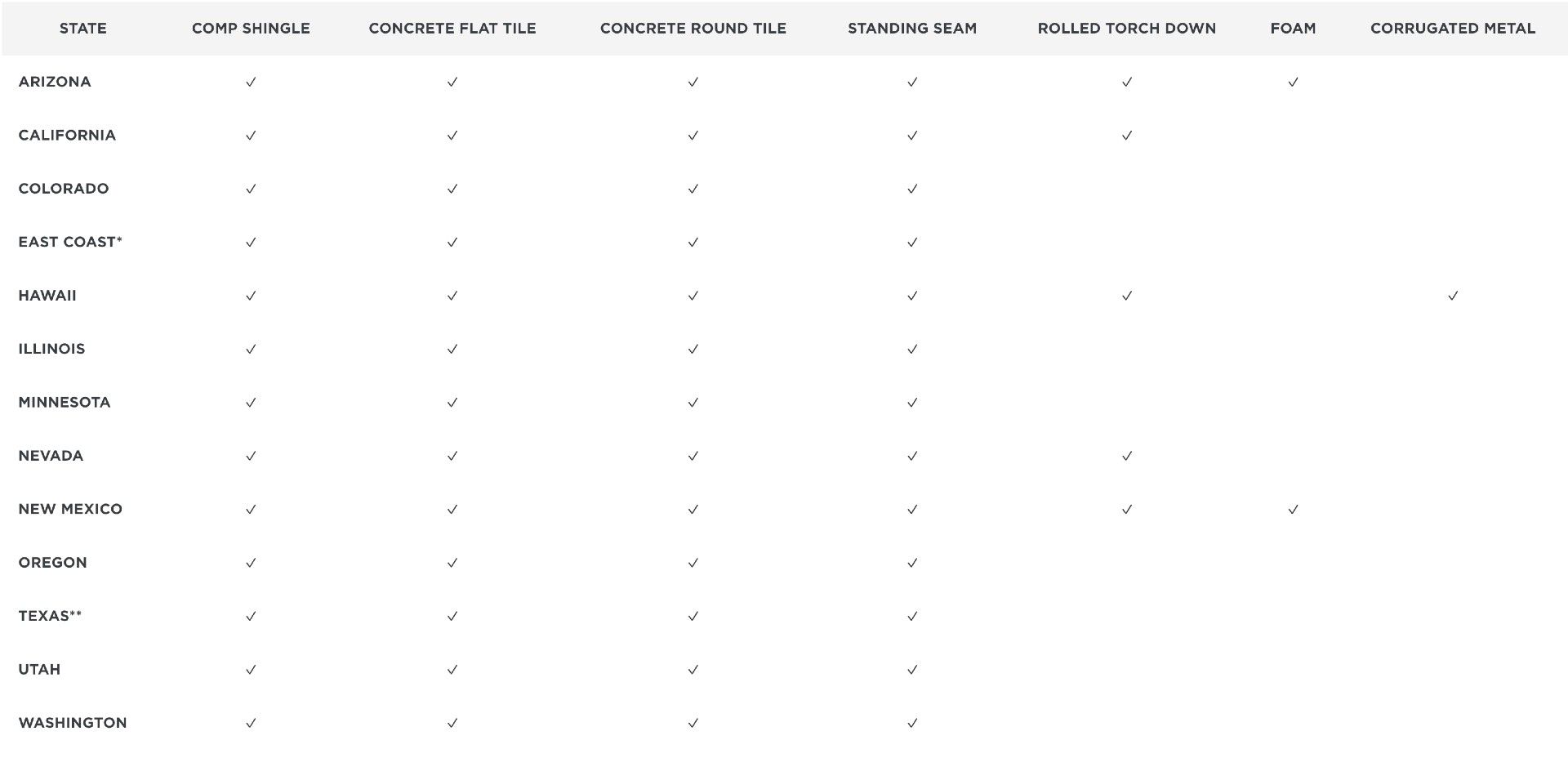
East Coast states include Connecticut, Washington D.C., Delaware, Florida, Maryland, New Hampshire, New Jersey, New York, Pennsylvania, Rhode Island, South Carolina, and Vermont.
Additionally, there are requirements for roof pitches. Tesla says, “Roof pitch affects solar energy production as related to the solar panels’ orientation to the sun. Optimal solar energy production occurs when sunlight hits the solar panels at a right angle.”
Credit: Tesla
Tesla is coming off of its strongest quarter for Solar in the last two-and-a-half years. The company wrote in its Q1 2021 Shareholder Deck that Solar deployments reached 92 MW in Q1. Solar Roof deployments grew nine times compared to Q1 2020.
What do you think? Let us know in the comments below, or be sure to email me at joey@teslarati.com or on Twitter @KlenderJoey.
Energy
Tesla Lathrop Megafactory celebrates massive Megapack battery milestone
The Tesla Megapack is the backbone of Tesla Energy’s battery deployments.
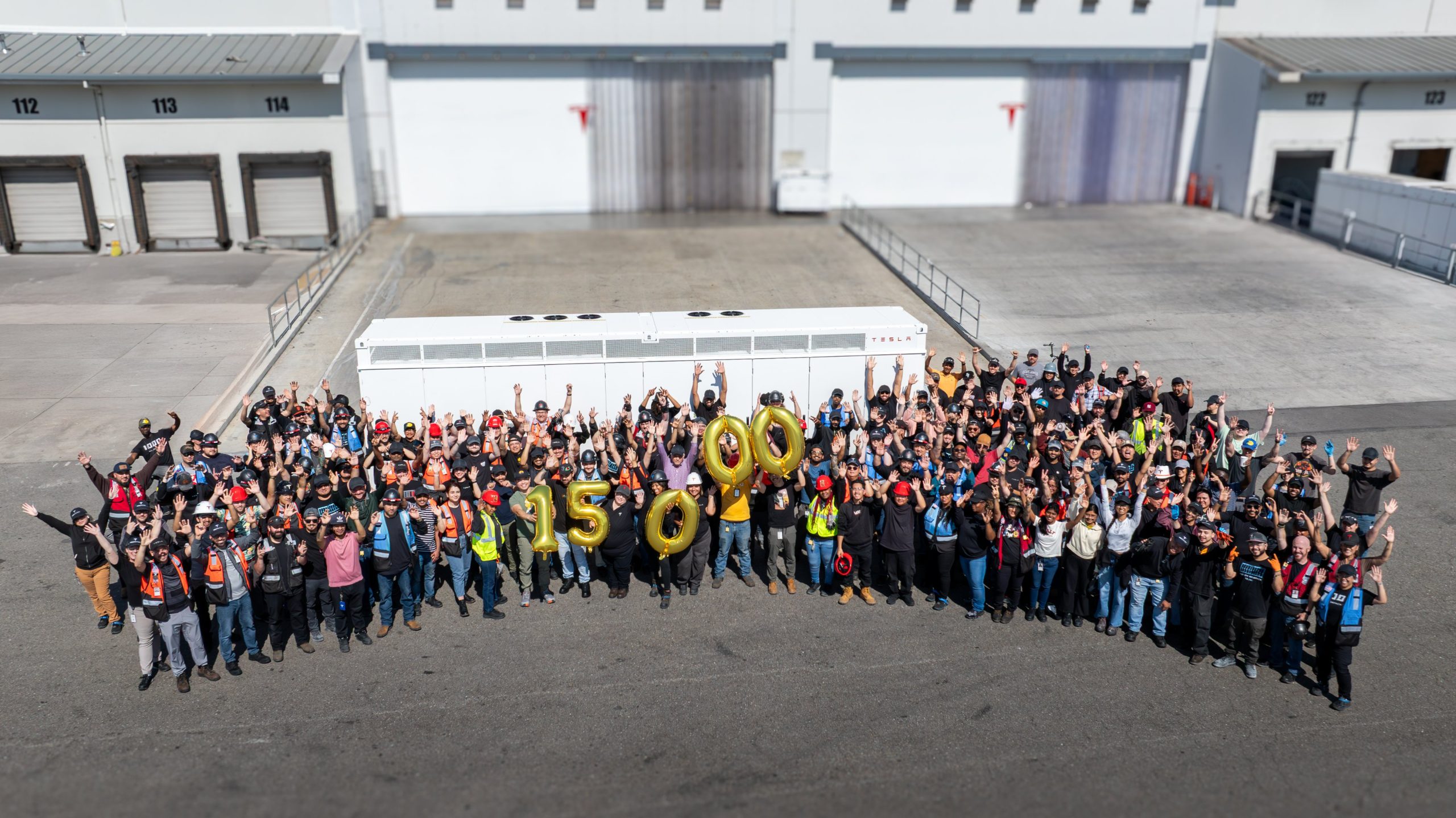
The Tesla Lathrop Megafactory recently achieved a new milestone. As per the official Tesla Megapack account on X, the Lathrop Megafactory has produced its 15,000th Megapack 2 XL battery.
15,000 Megapack Batteries
Tesla celebrated the milestone with a photo of the Lathrop Megafactory team posing with a freshly produced Megapack battery. To commemorate the event, the team held balloons that spelled out “15,000” as they posed for the photo.
The Tesla Megapack is the backbone of Tesla Energy’s battery deployments. Designed for grid-scale applications, each Megapack offers 3.9 MWh of energy and 1.9 MW of power. The battery is extremely scalable, making it perfect for massive energy storage projects.
More Megafactories
The Lathrop Megafactory is Tesla’s first dedicated facility for its flagship battery storage system. It currently stands as the largest utility-scale battery factory in North America. The facility is capable of producing 10,000 Megapack batteries every year, equal to 40 GWh of clean energy storage.
Thanks to the success of the Megapack, Tesla has expanded its energy business by building and launching the Shanghai Megafactory, which is also expected to produce 40 GWh of energy storage per year. The ramp of the Shanghai Megafactory is quite impressive, with Tesla noting in its Q1 2025 Update Letter that the Shanghai Megafactory managed to produce over 100 Megapack batteries in the first quarter alone.
Tesla Energy’s Potential
During the first quarter earnings call, CEO Elon Musk stated that the Megapack is extremely valuable to the energy industry.
“The Megapack enables utility companies to output far more total energy than would otherwise be the case… This is a massive unlock on total energy output of any given grid over the course of a year. And utility companies are beginning to realize this and are buying in our Megapacks at scale,” Musk said.
Energy
Tesla Megapacks powers the xAI Colossus supercomputer
Tesla Megapacks step in to stabilize xAI’s Colossus supercomputer, replacing natural gas turbines. Musk’s ventures keep intertwining.

Tesla Megapack batteries will power the xAI Colossus supercomputer in Memphis to ensure power stability. The collaboration between Tesla and xAI highlights the synergy among Elon Musk’s ventures.
The artificial intelligence startup has integrated Tesla Megapacks to manage outages and demand surges, bolstering the facility’s reliability. The Greater Memphis Chamber announced that Colossus, recently connected to a new 150-megawatt electric substation, is completing its first construction phase. This transition addresses criticism from environmental justice groups over the initial use of natural gas turbines.
“The temporary natural gas turbines that were being used to power the Phase I GPUs prior to grid connection are now being demobilized and will be removed from the site over the next two months.
“About half of the operating turbines will remain operating to power Phase II GPUs of xAI until a second substation (#22) already in construction is completed and connected to the electric grid, which is planned for the Fall of 2025, at which time the remaining turbines will be relegated to a backup power role,” the Chamber stated.
xAI’s rapid development of Colossus reflects its ambition to advance AI capabilities, but the project has faced scrutiny for environmental impacts. The shift to Megapacks and grid power aims to mitigate these concerns while ensuring operational continuity.
The Megapack deployment underscores the collaboration among Musk’s companies, including Tesla, SpaceX, Neuralink, and The Boring Company. Tesla appears to be the common link between all of Musk’s companies. For example, The Boring Company built a tunnel in Giga, Texas. In addition, Musk has hinted at a potential collaboration between the Tesla Optimus Bot and Neuralink. And from January 2024 to February 2025, xAI invested $230 million in Megapacks, per a Tesla filing.
Tesla Energy reported a 156% year-over-year increase in Q1 2025, deploying 10.4 GWh of storage products, including Megapacks and Powerwalls. Tesla’s plans for a new Megapack factory in Waller County, Texas, which is expected to create 1,500 jobs in the area, further signal its commitment to scaling energy solutions.
As xAI leverages Tesla’s Megapacks to power Colossus, the integration showcases Musk’s interconnected business ecosystem. The supercomputer’s enhanced stability positions xAI to drive AI innovation, while Tesla’s energy solutions gain prominence, setting the stage for broader technological and economic impacts.
Energy
Tesla Energy celebrates one decade of sustainability
Tesla Energy has gone far since its early days, and it is now becoming a progressively bigger part of the company.
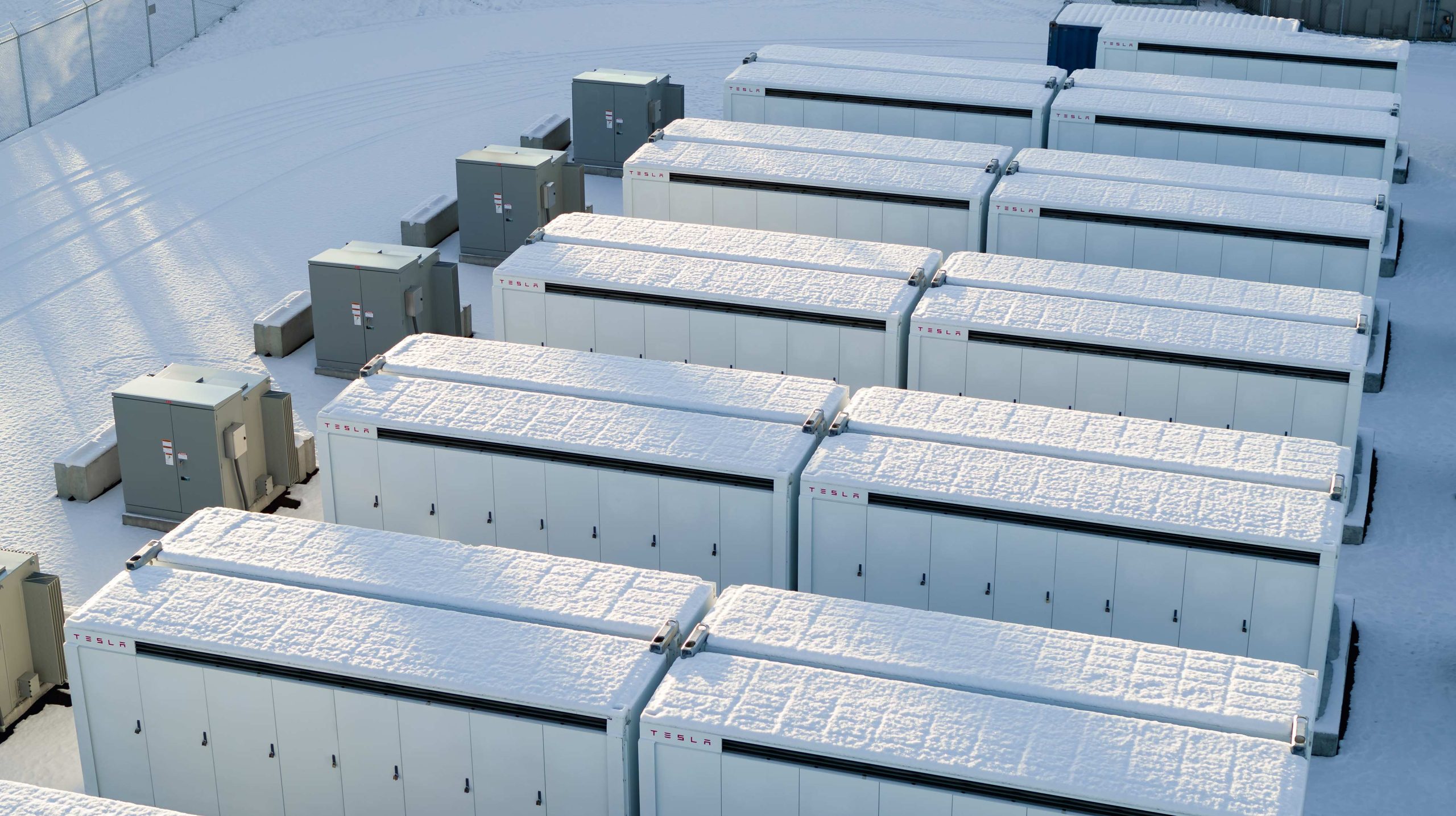
Tesla Energy recently celebrated its 10th anniversary with a dedicated video showcasing several of its milestones over the past decade.
Tesla Energy has gone far since its early days, and it is now becoming a progressively bigger part of the company.
Tesla Energy Early Days
When Elon Musk launched Tesla Energy in 2015, he noted that the business is a fundamental transformation of how the world works. To start, Tesla Energy offered the Powerwall, a 7 kWh/10 kWh home battery system, and the Powerpack, a grid-capable 100 kWh battery block that is designed for scalability. A few days after the products’ launch, Musk noted that Tesla had received 38,000 reservations for the Powerwall and 2,500 reservations for the Powerpack.
Tesla Energy’s beginnings would herald its quiet growth, with the company later announcing products like the Solar Roof tile, which is yet to be ramped, and the successor to the Powerwall, the 13.5 kWh Powerwall 2. In recent years, Tesla Energy also launched its Powerwall 3 home battery and the massive Megapack, a 3.9 MWh monster of a battery unit that has become the backbone for energy storage systems across the globe.
Key Milestones
As noted by Tesla Energy in its recent video, it has now established facilities that allow the company to manufacture 20,000 units of the Megapack every year, which should help grow the 23 GWh worth of Megapacks that have already been deployed globally.
The Powerwall remains a desirable home battery as well, with more than 850,000 units installed worldwide. These translate to 12 GWh of residential entry storage delivered to date. Just like the Megapack, Tesla is also ramping its production of the Powerwall, allowing the division to grow even more.
Tesla Energy’s Role
While Tesla Energy does not catch as much headlines as the company’s electric vehicle businesses, its contributions to the company’s bottom line have been growing. In the first quarter of 2025 alone, Tesla Energy deployed 10.4 GWh of energy storage products. Powerwall deployments also crossed 1 GWh in one quarter for the first time. As per Tesla in its Q1 2025 Update Letter, the gross margin for the Energy division has improved sequentially as well.
-

 Elon Musk2 days ago
Elon Musk2 days agoTesla investors will be shocked by Jim Cramer’s latest assessment
-

 News1 week ago
News1 week agoTesla Robotaxi’s biggest challenge seems to be this one thing
-

 Elon Musk2 weeks ago
Elon Musk2 weeks agoElon Musk slams Bloomberg’s shocking xAI cash burn claims
-

 News2 weeks ago
News2 weeks agoTexas lawmakers urge Tesla to delay Austin robotaxi launch to September
-

 Elon Musk1 week ago
Elon Musk1 week agoFirst Look at Tesla’s Robotaxi App: features, design, and more
-
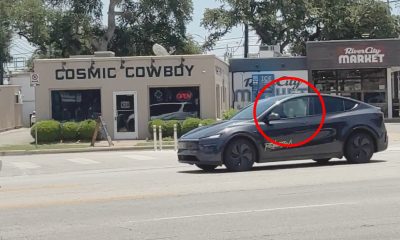
 Elon Musk2 weeks ago
Elon Musk2 weeks agoTesla Robotaxis are becoming a common sight on Austin’s public roads
-

 Elon Musk2 weeks ago
Elon Musk2 weeks agoSpaceX President meets India Minister after Starlink approval
-
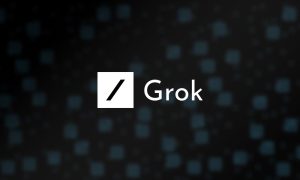
 Elon Musk2 weeks ago
Elon Musk2 weeks agoxAI’s Grok 3 partners with Oracle Cloud for corporate AI innovation

